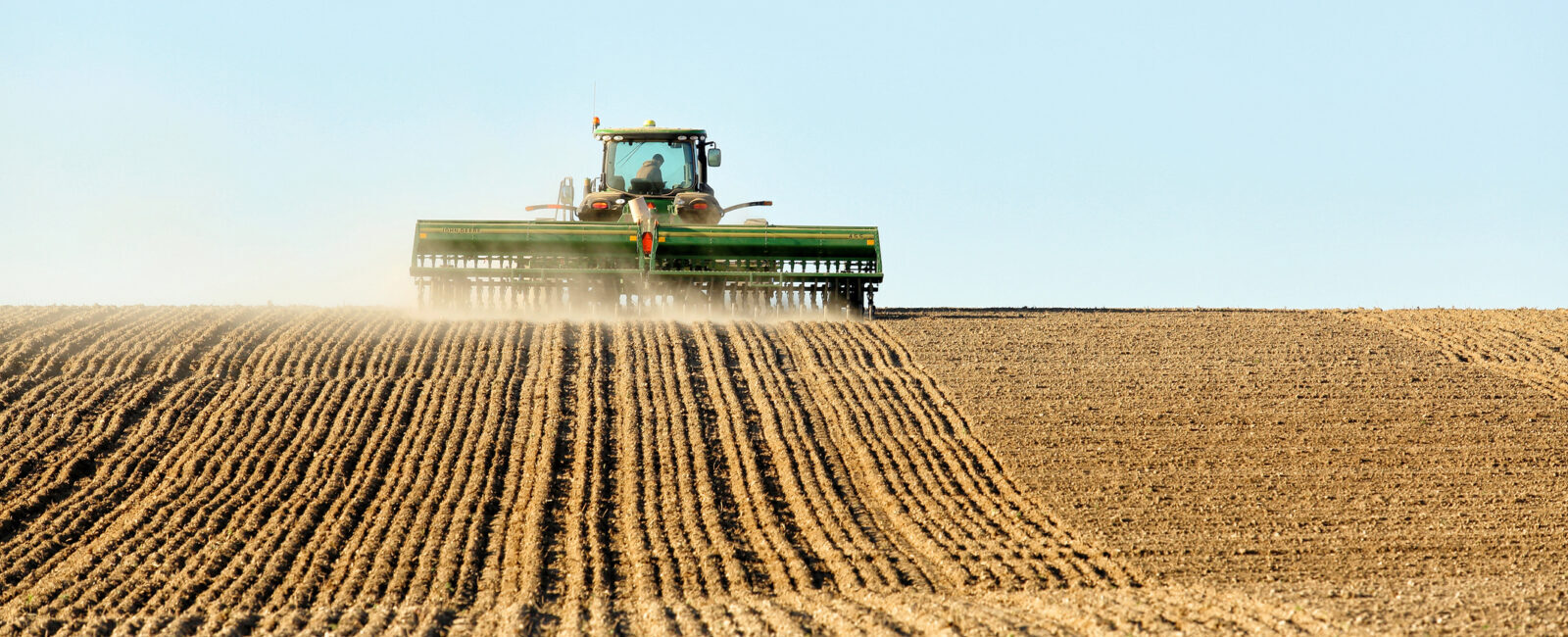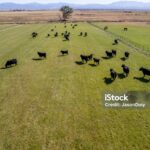Cash flow is king when it comes to preserving working capital and a strong balance sheet. It can be your best defense when you have losses, and your best friend when you want to expand.
“There are already enough elements that are out of your control – input costs, weather, yields – this makes it even more important to control your business where you can,” says Thomas Eatherly, Pinion farm financial business advisor.
While you can’t fully control the amount of money coming in or out of your operation, there are several ways to enhance your cash flow.
5 Steps to Improve Cash Flow on Your Farm
Step 1. Evaluate input costs and project monthly.
Develop a projected cash flow, preferably by month. When you know your costs and obligations by month, it’s much easier to track your line of credit or cash balance. More importantly, this helps you predict which months you will be short, so you can move expenses or revenue around to cover costs.
Include input costs in cash flow projections:
- Production costs, like seed or fertilizer
- Loan payments
- Family living expenses
- Short-term machinery needs
- Breeding and other livestock purchases
Step 2. Determine what expenses to defer and cut waste.
Once your expenses are outlined, determine what items you can defer to another month or completely do without. For example, can you get by with less labor, family living expenses, or large capital expenditures this year? This is the time to ask the hard questions.
One word of caution: Be careful not to cut expenses that will also cut revenue. For example, don’t just cut fertilizer because it’s a high input cost. Greater yields may be the ticket to boosting your profit margins in a low commodity-pricing year. Instead, look for waste before you cut items that cut revenue.
Step 3. Plan for when revenue will come in.
Understanding when money will come in allows you to better plan for expenses and marketing strategies. A crucial part of this involves knowing the basis of the commodities you grow and when it’s most favorable to sell.
Keep an eye on local and global commodity prices and establish a price floor in case prices do fall. To create more stability, consider finding ways to increase short-term revenue through custom work or other farm-related services.
Step 4. Model your cash flow and apply different scenarios.
Finally, take all the above considerations and begin to model your cash flow with different scenarios and sensitivity analysis to determine strategies. For instance, try modifying the corn price and yield or timing of grain sales. See what happens to the cash flow for that scenario. It’s smart to run different scenarios at different times of the year, so you don’t reach fall harvest with your line of credit maxed out.
Step 5. Evaluate factors that can help or hurt your cash flow.
“Surprises” are one the biggest enemies to cash flow management. While there will always be unforeseeable factors like equipment breakdowns or veterinary emergencies, there are other aspects you can anticipate and plan for.
Keep an on eye on these positive and negative factors that can impact your cash flow:
- Tax consequences
- Market prices
- Farm Service Agency (FSA) guaranteed loan programs
- Equipment costs
- Cash rents
- Non-income producing assets, such as a boat or motorhome
- Timing of payments and receivables
- Family farm living expenses
- Debt structure and borrowing capacity
“When farmers take their eyes off of these areas, their cash flow is impacted, and usually very quickly,” cautions Eatherly. “Dial in on these areas and you’ll make more informed decisions, improve your cash flow, and strengthen your overall financial health in the year ahead.”
Need expert guidance? Connect with Pinion’s farm business management team for guidance with cash flow projections and adjustments to help your business navigate the year ahead.





